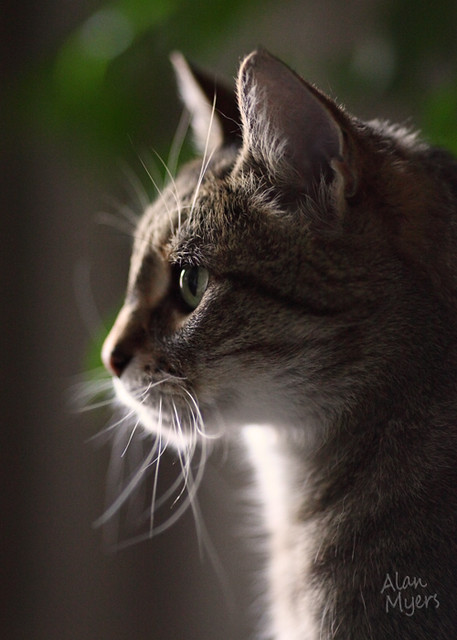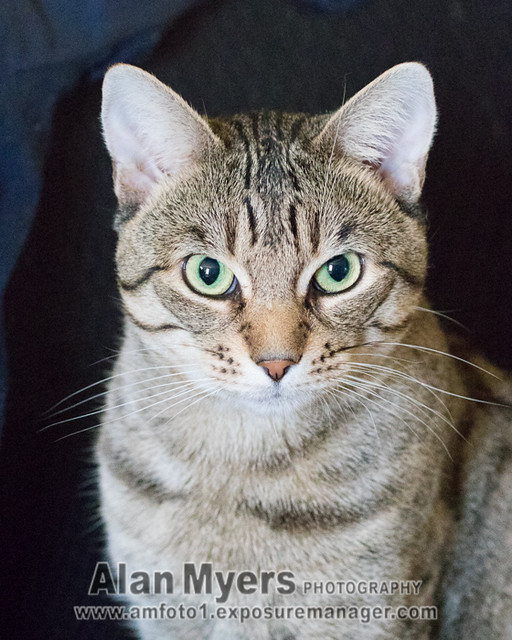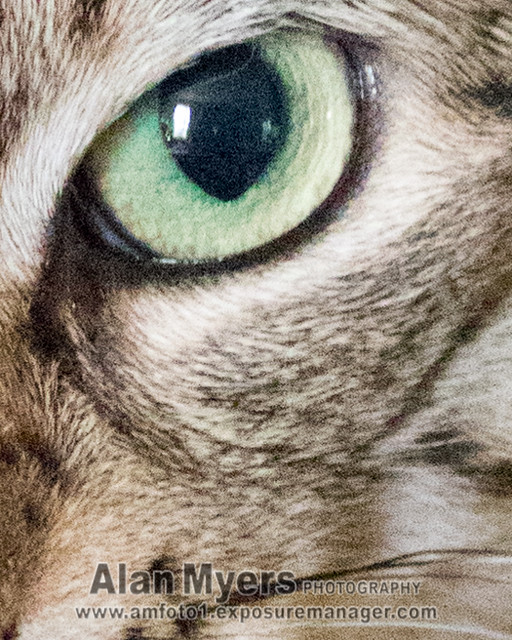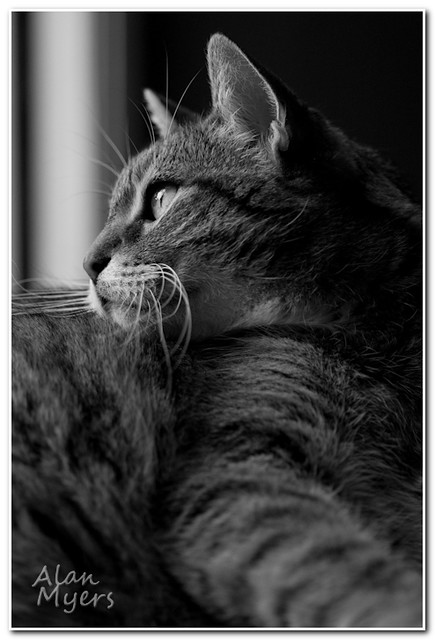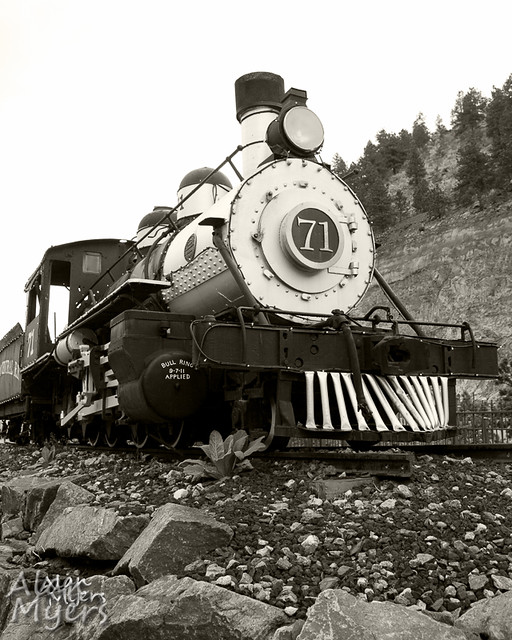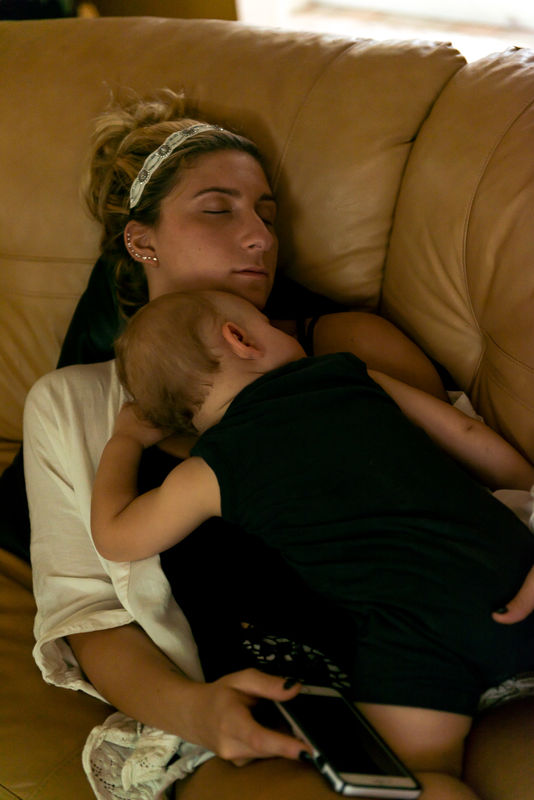High ISO Speeds - When to use?
Jul 31, 2016 06:56:42 #
AsiaPaul wrote:
I still think of high ISO speeds as they were used in film days. 100 for sunny days, 400 for sports or night photography. With the new dSLRs having ISO ranges into the stratosphere, I was wondering if any members have suggestions on what ISO speeds should be used when shooting. Do the high ISO speeds still cause grainy pictures?
Thanks
AP
Thanks
AP
I stick with 100, which is basic for my camera, D750. However, I can go to 1,000 or more and still get good results. Noise is relative, as far as I'm concerned. If I get a picture I couldn't have gotten otherwise, I'm satisfied. It's also possible to process out unwanted noise.
Jul 31, 2016 07:34:51 #
I use higher ISO to keep the settings that I want in terms of shutter speed and f/stop and do not worry about noise. Noise is taken care in PP
Jul 31, 2016 07:44:58 #
AsiaPaul wrote:
I still think of high ISO speeds as they were used in film days. 100 for sunny days, 400 for sports or night photography. With the new dSLRs having ISO ranges into the stratosphere, I was wondering if any members have suggestions on what ISO speeds should be used when shooting. Do the high ISO speeds still cause grainy pictures?
Thanks
AP
Thanks
AP
Much has been written about high ISO and noise. Obviously high iso is necessary when light wont allow lower iso. Noise-gasp is"to be avoided at ALL cost" is nonesense. A noisy photo is a whole hell of a lot better than no photo. There is a saying that covers the situation. Perfection is the enemy of good.
Jul 31, 2016 09:18:48 #
rook2c4 wrote:
Use high ISO when a lower ISO won't allow the aperture/shutter speed combination you want. Essentially, not much different than deciding which speed rated film to load into a film camera.

...and being I've used several upper ISO numbers I try to never go to high. The lower the better.
Jul 31, 2016 09:19:46 #
Jul 31, 2016 09:20:55 #
SharpShooter wrote:
Paul, your question is pretty general. High ISO is... (show quote)
Very good answer.

Jul 31, 2016 09:22:47 #
Jul 31, 2016 09:23:34 #
Wonderful
Wonderful, thanks
amfoto1 wrote:
Today, with digital, far higher ISO are usable tha... (show quote)
Wonderful, thanks

Jul 31, 2016 09:29:57 #
Mr. Myers has given you a great explanation of using high ISO settings in camera along with some excellent photographs. I will add something to the thread but he has covered practically everything to perfection.
We simply select high ISO settings when the light conditions call for it. As has been well explained, modern cameras have no issues shooting at ISO 800 and the majority of the new sensors, especially full frame ones, do an extraordinarily good job keeping noise low at high ISO settings.
It is impossible to suggest which ISO to set in camera for a specific lighting condition, that is something that you can only decide unless someone else with experience is there with you to guide you.
As I said, modern cameras do very well at high ISO although at times, especially if contemplating enlargements a noise reduction program offers great help and it is very useful.
We simply select high ISO settings when the light conditions call for it. As has been well explained, modern cameras have no issues shooting at ISO 800 and the majority of the new sensors, especially full frame ones, do an extraordinarily good job keeping noise low at high ISO settings.
It is impossible to suggest which ISO to set in camera for a specific lighting condition, that is something that you can only decide unless someone else with experience is there with you to guide you.
As I said, modern cameras do very well at high ISO although at times, especially if contemplating enlargements a noise reduction program offers great help and it is very useful.
Jul 31, 2016 09:59:32 #
wmurnahan wrote:
I was always pushing my 400 to 800+ in developing and always wished for more.
Yes...pushed the iso to 800 a lot...sometimes to 1600...I, like many of you older folks get queasy when my iso goes over 400...after all that was our world back then and the old habits still stick with us...
But todays cameras and the accompanying software is some remarkable stuff...
Shot some birds at 12,500 and used topaz denoise 6 ...and it is a godsend for noisy photos.
Jul 31, 2016 10:17:29 #
RWR
Loc: La Mesa, CA
wmurnahan wrote:
I was always pushing my 400 to 800+ in developing and always wished for more.
35mm ASA 400 film was great for sandstorm pictures - didn't need a sandstorm.
Jul 31, 2016 12:41:29 #
Jul 31, 2016 12:59:38 #
skiman wrote:
With today's sensors you can go much higher on the... (show quote)
Hi Skiman: In the fall I will start to shoot night football games here in Las Vegas.
I have a Nikon d-7100 and plan on using my 70-200 2.8 lens. Any suggestions would be helpful.
Thanks in advance.
Jul 31, 2016 13:06:03 #
AsiaPaul wrote:
I still think of high ISO speeds as they were used in film days. 100 for sunny days, 400 for sports or night photography. With the new dSLRs having ISO ranges into the stratosphere, I was wondering if any members have suggestions on what ISO speeds should be used when shooting. Do the high ISO speeds still cause grainy pictures?
Thanks
AP
Thanks
AP
ISO invariance is something can affect what you set your camera for. The two images below were underexposed 4 and 5 stops respectively. The noise is no different than if I had set the ISO for neutral exposure, which basically would have been the same shutter speed and aperture, with no underexposure indicated in the camera.
I used a D800 (which is "almost" ISO invariant), ISO 100, 1/50, and a 24-70 F2.8 Nikkor lens. for both images. The first image was 4 stops underexposed, the second 5 stops under - the equivalent of "pushing" to 1600 and 3200 ISO respectively. Noise reduction was 32% in each image.
I basically went from one dark room to another less dark without fussing with the exposure settings or ISO. The only downside is if you are the type of photographer that is accustomed to "chimping" - an image underexposed 4 or 5 stops does not appear on the camera's preview screen, so you have to get the composition and estimate your EV correctly within that 5 stop window, at least on a D800.
Jul 31, 2016 13:08:52 #
LambertJooe
Loc: napa
I shake a little - so my grandson set my ISO at 800 and that is where I shoot everything! Works for me.
If you want to reply, then register here. Registration is free and your account is created instantly, so you can post right away.





